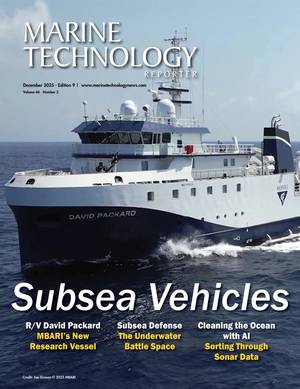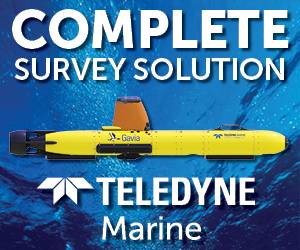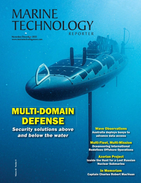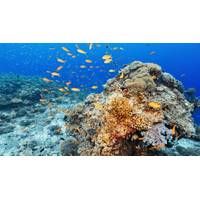
SYRENE: An Underwater Embedded Artificial Intelligence Camera for Invasive Fauna Monitoring
simple and low cost, with an electronic board (Raspberry Pi 4B) allowing connection to an Intel Neural Stick V2 VPU (Vision Processing Unit), which accelerates the processing of images or videos (640*480 pixels) from a Raspberry Pi OV5647 5 Mpixels camera module.As image processing requires significant computing power, the challenge was to achieve minimum performance on consumer hardware with limited energy, as the system runs on battery power: a compromise on performance was therefore made with this hardware.SYRENE V1 ready to be vertically immersed with its mirror. Credit: IFREMER S. BarbotThe detection
![Aerial view of the Rock Islands and coral seascape at the Republic of Palau. [Photo credit: The Nature Conservancy]](https://images.marinetechnologynews.com/images/maritime/w200h200padcanvas/aerial-view-rock-165050.jpg)
Bezos Funds AI Nature Projects
coral reef monitoring network in the Pacific to a weather forecasting model designed for African farmers.The awardees were chosen following a global innovation sprint supported by partners including Amazon Web Services, Google.org, Microsoft Research, Ai2, and Esri, who provided mentorship, tools, and computing resources to help move ideas from concept to impact.Plymouth Marine Laboratory (PML) was one of the 15 selected. The university’s project involves advancing its Deep Vision project to use AI to greatly accelerate mapping of vulnerable marine ecosystems such as cold-water coral reefs and sponge
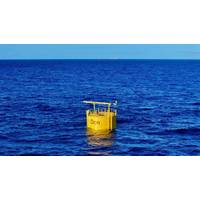
EU-Backed Project Deploys OTEC Demonstration Unit off Canary Islands
composed of the following companies - Global OTEC (UK), Cleantech Engineering (UK), WavEC Offshore Renewables (Portugal), The Oceanic Platform of the Canary Islands PLOCAN (Spain), Quality Culture (Italy), Agru Kunststofftechnik Gesellschaft (Austria) and University of Plymouth School of Engineering, Computing and Mathematics (UK)
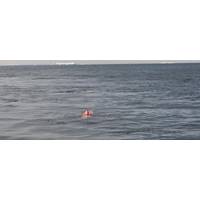
AI is Boosting Operational Autonomy
bio-inspired algorithms to reduce energy consumption. They highlight that robotic vision systems alone can use up to a third of the energy onboard a robot because of modern robotic vision’s reliance on AI.They have developed a system that uses a brain-inspired technology called neuromorphic computing. This takes principles from neuroscience to learn and process information like human brains do. It entails designing hardware and software that simulate the neural and synaptic structures and functions of the brain.An important feature of neuromorphic computers is that they are highly energy-efficient
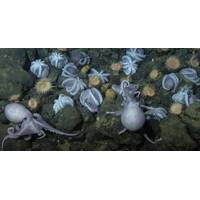
Robots as Clever as an Octopus
task flexibility, and the ability to be gentler than rigid robots.A multi-national study recently published in Engineering Science and Technology highlights that controlling soft robots is challenging due to the wide range of possible movements they can make. This requires complex problem solving and computing power.Recent research has focused on integrating intelligent soft materials such as shape-memory polymers that can be 3D printed into complex structures and hydrogels that can be molded into soft actuators with tunable stiffness and responsiveness to external stimuli.Existing control strategies
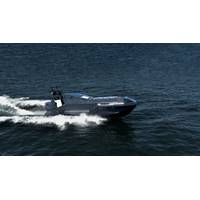
Sea Machines Expands Product Line for Defense Customers
surface vessel (USV), the STORMRUNNER.SM300-SP is a special purpose hardware version of Sea Machines’ autonomy systems, built for the emerging fleets of attritable sUSVs and for those not requiring Classed-approved hardware.SM300-NG is a new generation autonomy system that provides 200% more computing power in a smaller size form-factor. The SM300-NG is available in both digital-only and digital plus analog I/O variants.SMLink Stream/Control-APIs are two new APIs (Application Programming Interfaces) now available to allow authorized third parties to stream data from SM300 platforms, as well
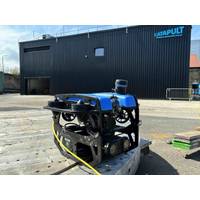
Frontier Robotics Secures First Commercial Sale With ORE Catapult
;s VDARE simulation to create virtually ‘real’ assets.The unpredictable nature of the world's oceans makes the inspection and maintenance of offshore assets challenging, with visibility in murky waters a particular obstacle. By leveraging advanced sensor fusion techniques with edge computing, Frontier Robotics' system offers enhanced visual clarity, robust and reliable positioning and 3D mapping through Simultaneous Localisation And Mapping (SLAM) technology. SLAM enables ROVs to create comprehensive 3D maps of their surroundings while simultaneously tracking their own position
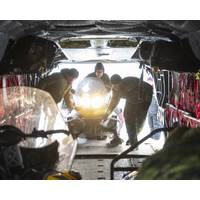
Coming in from the Cold: Canadian Arctic Security Takes Center Stage
open to outside interests seeking to capitalize. Changing glaciology also requires new and updated technology that can keep pace with a melting environment. At the same time, rapid advances elsewhere speed up the impact of competition and global warming. “Artificial intelligence, quantum computing, synthetic biology, data analytics, autonomous systems, robotics and advanced cyber and space technologies are frontier technologies whose military and non-military uses create new vulnerabilities and complicate our national security interests,” states the defense policy.Arctic security threats
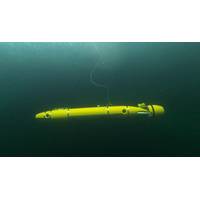
Strong Winds, Calm Seas
and a payload bay for additional scientific instruments.In addition to DeepLeng’s current abilities, it will host a newly designed object detection neural network to identify and clarify various species observed by onboard cameras. “The trained model will be deployed on a dedicated computing module for real-time, in-situ predictions, enabling the AUV to detect specific species and respond accordingly,” Wirtz noted. “This approach, we believe, will allow the system to capture richer data, improving the quantification of species abundance in the studied habitats.”DeepLeng
 December 2025
December 2025
